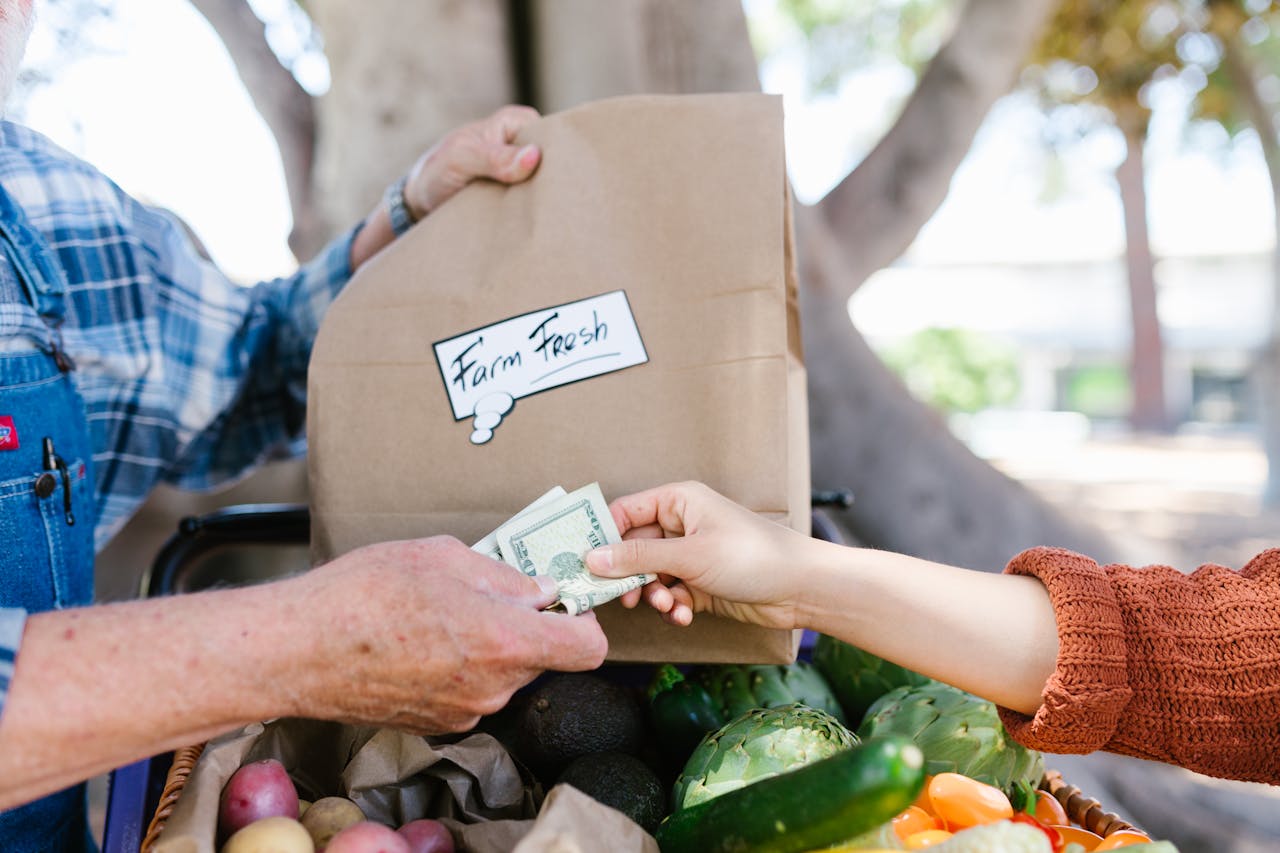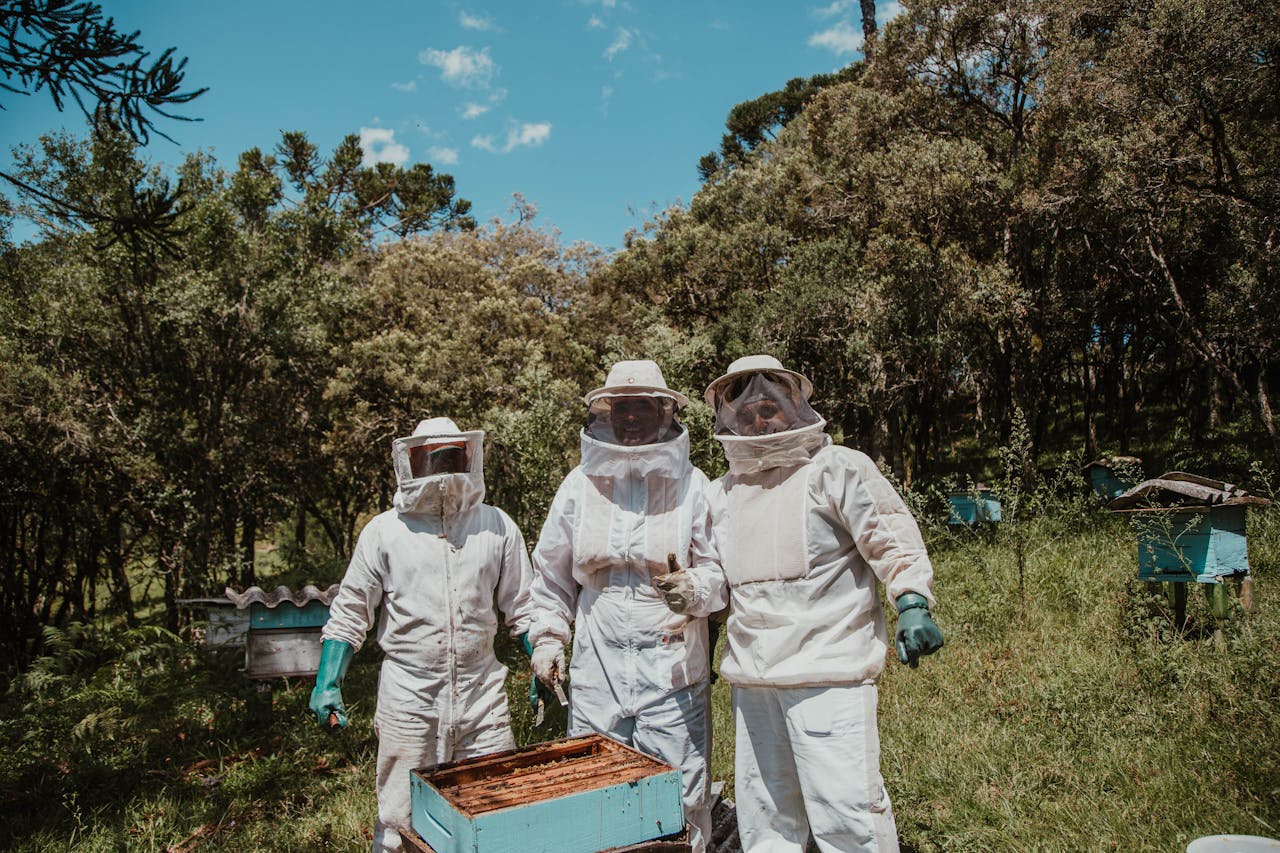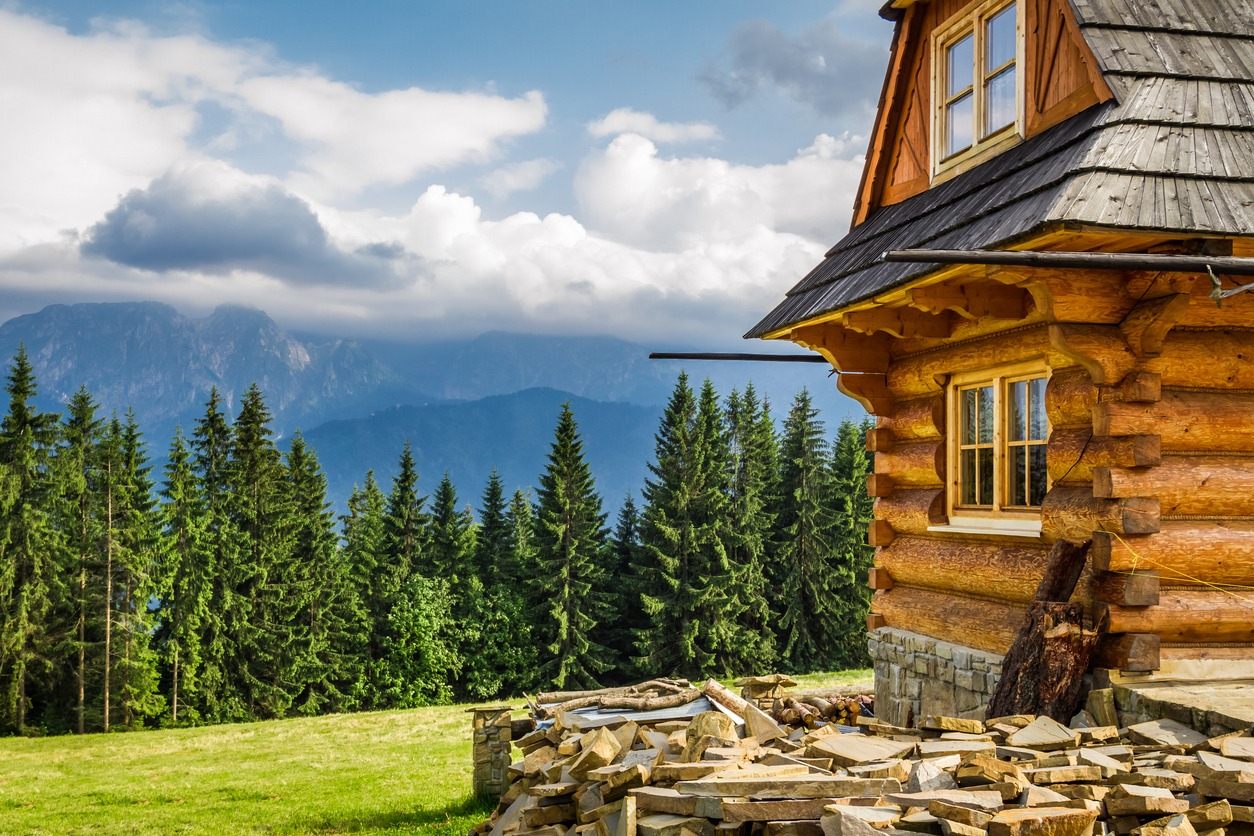Are You Ready for a Power Outage? Essential Preparation Tips for Homesteaders
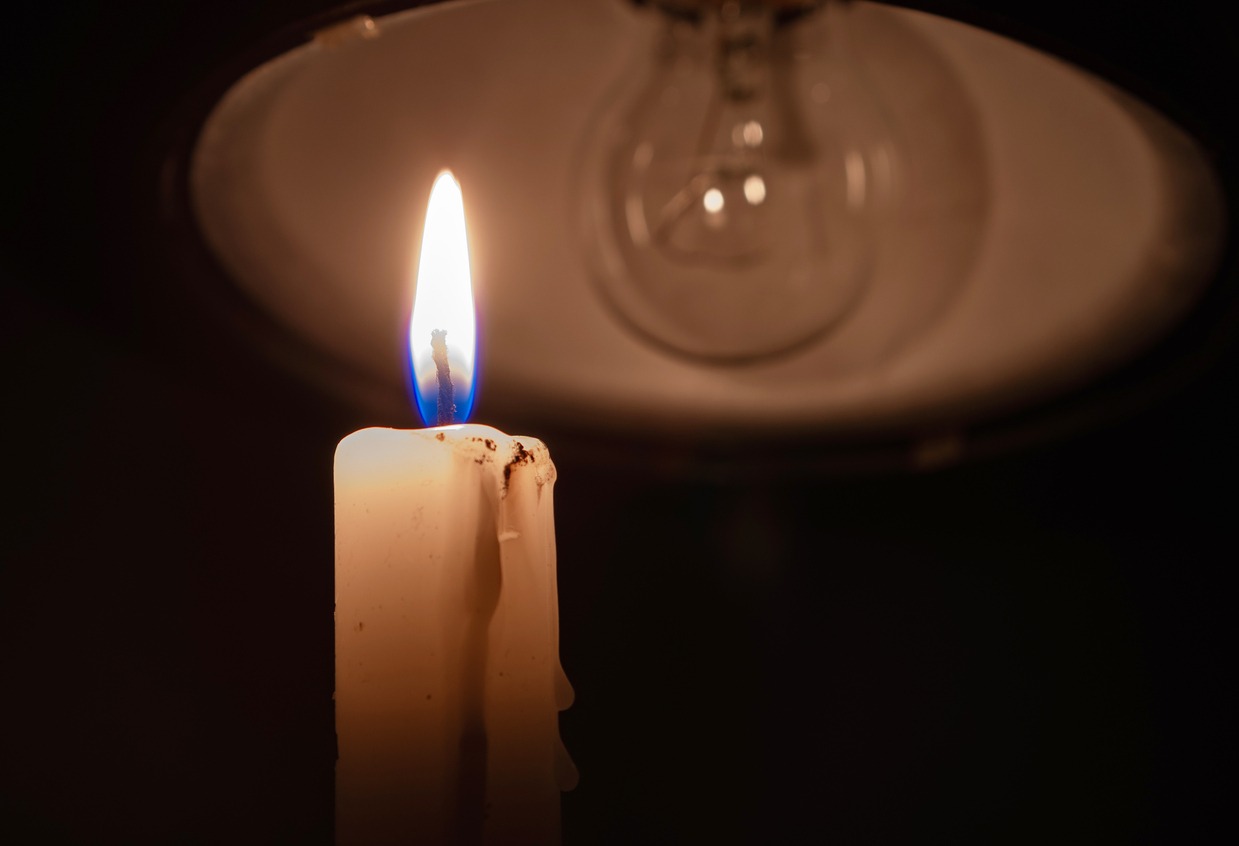
Power outages are a fact of life, and for homesteaders, preparing for them is crucial. Being off the grid—or close to it—means that self-reliance is not just a goal but a necessity. Whether due to severe weather, infrastructure issues, or other emergencies, having a plan in place can help avoid disruptions to your way of life.
Here’s a comprehensive guide to preparing your homestead for a power outage. Follow these essential tips to ensure you’re ready when the lights go out.
Assessing Your Power Needs
The first step in any power outage preparation plan is to understand what’s essential for your home. Not all appliances and devices need to run during an outage, so focus on prioritizing the essentials.
1. Identify Critical Devices
Start by listing devices that are essential for daily life and health. Appliances like refrigerators and freezers, medical equipment, and heating systems are typically top priorities. Make sure you also account for lighting, cooking appliances, and water pumps if you rely on well water.
2. Calculate Energy Usage
Once you’ve identified your critical devices, look up their wattage requirements. Knowing the combined wattage will help you determine the capacity of any backup power systems you may need, such as generators or batteries.
3. Prioritize Usage
Not every device needs to run 24/7. Classify your devices into three categories: essential, important, and optional. This prioritization will allow you to control power usage efficiently during an outage.
4. Evaluate Backup Power Options
There are several types of backup power systems suitable for homesteads:
- Generators: Reliable and powerful, generators are a good choice for short-term outages. Look for models that meet or exceed the wattage of your essential devices.
- Battery Systems: For silent, emissions-free power, a battery backup system may be worth the investment, especially when paired with a solar setup.
- Solar Panels: Solar power, combined with battery storage, can provide a sustainable backup system. While initially costly, solar systems offer long-term energy independence.
5. Diversify Your Energy Sources
Consider alternative cooking, lighting, and heating solutions that don’t rely on electricity. Options such as propane stoves, wood-burning fireplaces, and solar lights can help reduce your dependence on a single power source.
Backup Lighting Solutions
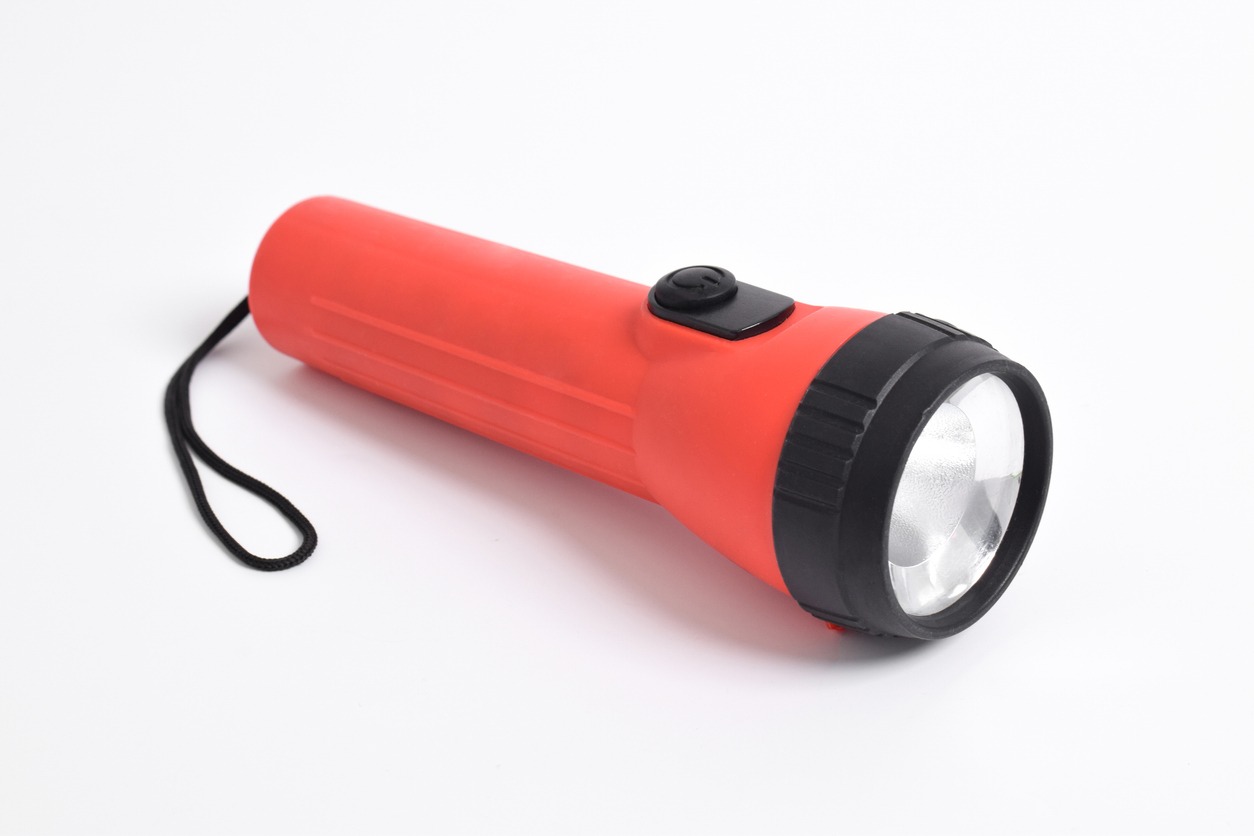
When power is out, safety and visibility become essential. Relying on a variety of lighting options ensures that you’ll have light in all parts of your home and property.
- Portable Lighting Solar-powered flashlights, headlamps, and battery-operated lanterns are indispensable for navigating in the dark. Make sure you have enough portable lights for each family member and extra batteries or charging options.
- Indoor Lighting For indoor areas, battery-powered lanterns provide a safer alternative to candles, which pose a fire risk. Choose lanterns with adjustable brightness settings for flexible use, and consider models with USB charging capabilities.
- Outdoor Lighting Motion-sensor lights installed along pathways, barns, or other key areas provide automatic lighting when needed. Solar-powered or battery-operated models ensure reliability when grid power fails.
- Long-Lasting Options For prolonged outages, high-powered spotlights can illuminate larger outdoor spaces. These are especially useful if you need to monitor livestock or maintain a perimeter. Look for waterproof, rechargeable spotlights with long-lasting batteries.
Heating Alternatives During Outages
When the temperature drops, having alternative heat sources is critical. Heating needs to be safe, efficient, and sustainable.
- Wood Stoves and Fireplaces For homesteads, wood stoves and fireplaces are popular heating options during power outages. Ensure you have a reliable wood supply and that your stove or fireplace is properly ventilated. Regularly clean chimneys to reduce fire hazards.
- Portable Heaters If wood heating isn’t an option, consider portable propane or kerosene heaters. These heaters provide supplemental heat but should be used cautiously. Ensure proper ventilation and keep a carbon monoxide detector nearby to prevent accidents.
- Winterization Tips Keep your home insulated to retain heat. Seal windows, doors, and any potential drafts. In a power outage, close off unused rooms and layer clothing to help conserve warmth.
- Pipe Protection Extended outages in cold weather can cause pipes to freeze. Insulate pipes in unheated areas, and consider using heating tape for additional protection. Running a small amount of water through taps can also help prevent freezing.
Generator Setup and Maintenance
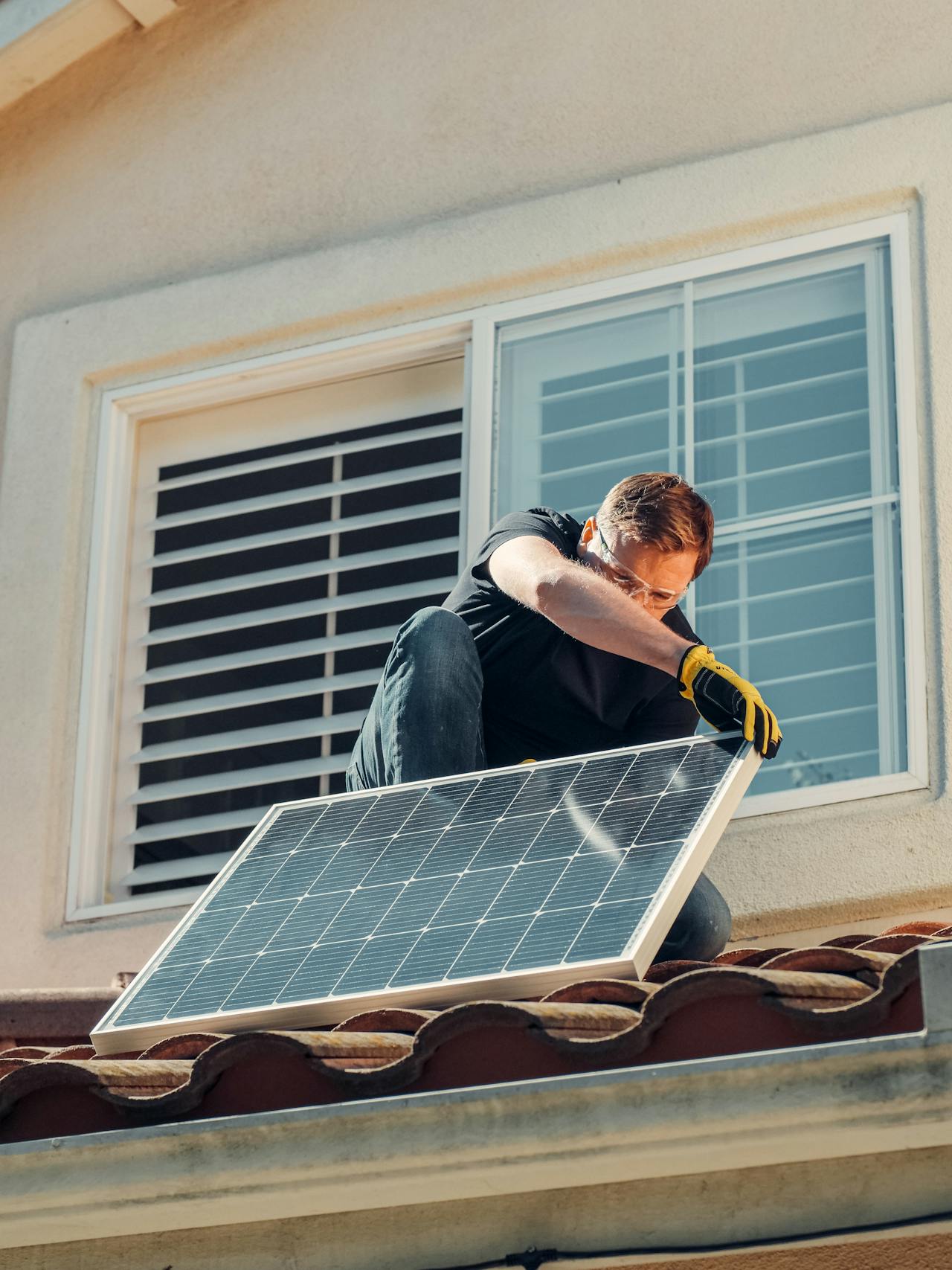
Generators are a valuable tool for homesteaders, providing reliable power during outages. Setting up and maintaining a generator requires careful planning.
- Choose the Right Generator Generators vary in capacity, so select one that meets your needs. Portable generators work well for specific appliances, while whole-house generators can power multiple circuits.
- Fuel Management Keep a sufficient supply of fuel on hand, stored in a safe, ventilated area. Remember that fuel degrades over time, so rotate it as needed. Have a secondary fuel source available for prolonged outages.
- Safety Considerations Always run generators outdoors, away from windows and doors, to avoid carbon monoxide buildup. Place it on stable ground and never refuel while running.
- Regular Maintenance Test your generator regularly, change the oil as needed, and ensure it’s in working order. Regular maintenance ensures that your generator is ready when you need it.
- Solar Backup Option Consider supplementing your generator with a solar-powered battery system. This eco-friendly option extends your power source and reduces reliance on fuel.
Food and Water Preservation
Food and water supplies are essential during any extended outage. Having preservation methods in place keeps your provisions safe and usable.
- Food Preservation Methods
- Canning: A time-tested method, canning preserves vegetables, fruits, and meats for long-term storage.
- Fermenting and Pickling: These methods are effective for preserving certain foods while adding nutritional benefits.
- Drying: Dehydrated foods last longer and require minimal storage space.
- Safe Storage Practices Store perishable items in a cool, dark area. A root cellar or basement works well for items like canned goods and dried foods. Aim to keep temperatures below 40°F to prevent spoilage.
- Water Purification Keep a supply of bottled water and purification tablets on hand. If you need to boil water, a wood stove or portable propane burner can help make water safe for consumption.
Communication During Blackouts
Staying informed and connected is essential during a power outage. Ensure you have reliable communication tools and a backup plan.
- Battery and Solar-Powered Radios A reliable emergency radio keeps you updated on weather, news, and power restoration. Battery-operated or solar-powered radios are best for prolonged outages.
- Two-Way Communication Consider walkie-talkies for easy communication around your property or with neighbors. If cell service is unreliable, a shortwave radio can connect you with emergency broadcasts.
- Communication Plans Establish check-in points with family members or neighbors, and agree on emergency meeting points. This helps ensure safety and reduces the chance of anyone being isolated.
Emergency Supplies Checklist
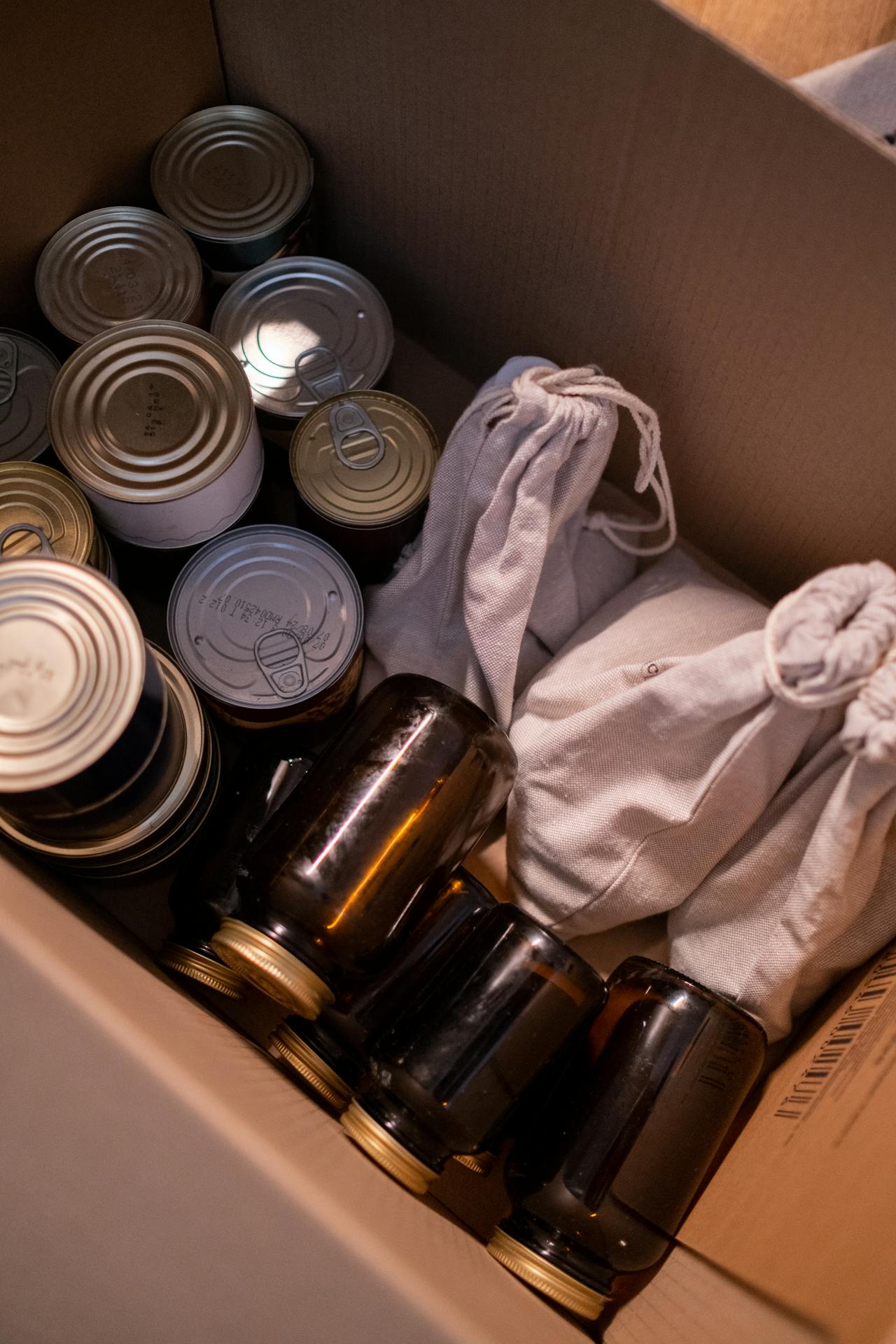
When power goes out, having an emergency kit with essentials will help you stay safe and comfortable. Here’s a checklist to prepare your homestead:
- Food and Water
- Non-perishable food items and bottled water
- Water purification tablets or filters
- Lighting
- Flashlights, headlamps, battery-powered lanterns, extra batteries
- Heating and Insulation
- Backup heating sources (wood stove, propane heater), warm blankets, sleeping bags
- First Aid and Medications
- Basic medical supplies and essential prescription medications
- Power and Tools
- Portable generator, fuel, power banks, multi-tools, duct tape, gloves
- Important Documents
- Copies of IDs, insurance policies, and emergency contacts in a waterproof container
For winter, add extra insulation materials, pipe wraps, and snow gear to your kit.
Safety Tips for Power Outage Preparedness
Ensuring safety is critical when using backup equipment and emergency supplies:
- Generator Safety Use generators outdoors or in ventilated areas, and always place them on a stable surface away from doors and windows.
- Heating Safety Never leave portable heaters unattended, and always ensure proper ventilation. Keep fire extinguishers accessible and test smoke and carbon monoxide detectors regularly.
- Food Safety Monitor temperatures in coolers and refrigerators, and discard perishables that have been above 40°F for more than two hours.
- Lighting Safety Avoid open flames near flammable materials, and use battery-powered lanterns for indoor lighting.
- Fuel Storage Store fuel in approved containers in a well-ventilated outdoor area, away from sources of heat.
Conclusion
Power outages may be unavoidable, but with thoughtful preparation, homesteaders can minimize disruptions and maintain safety, comfort, and self-sufficiency. Preparing for a power outage is about more than just having a backup generator; it’s about ensuring every aspect of your homestead can function independently when the grid goes down. By taking these steps, you’ll be ready for any situation that comes your way.

